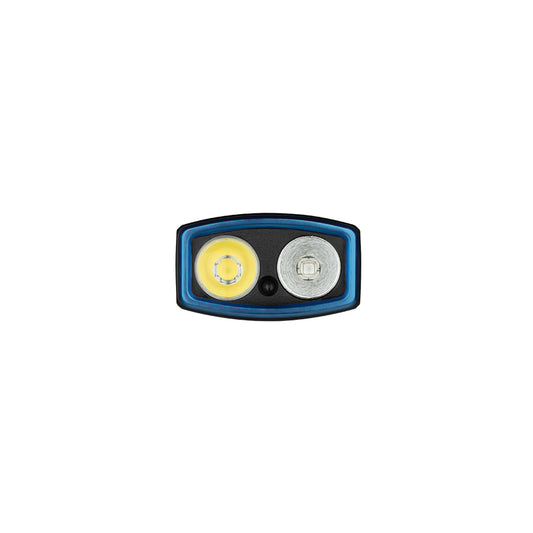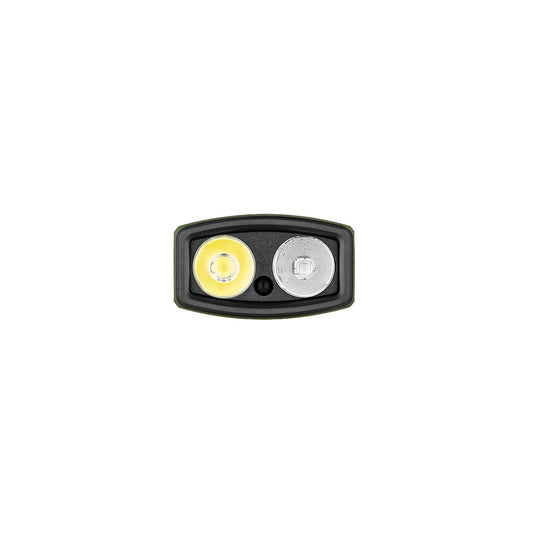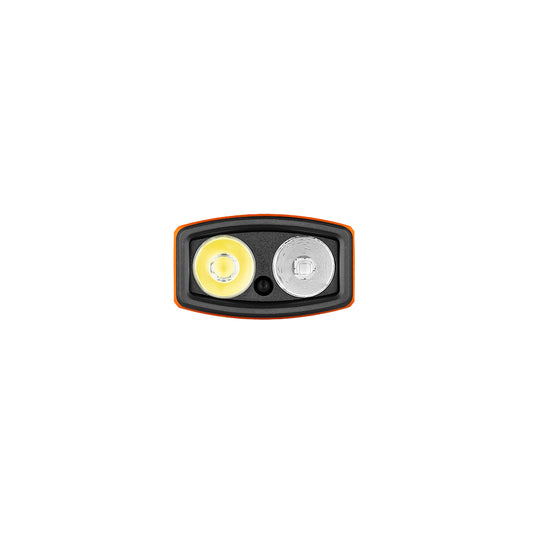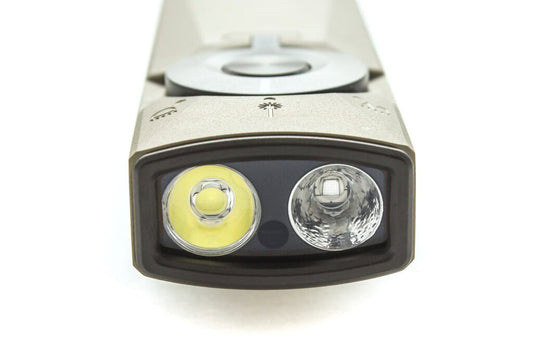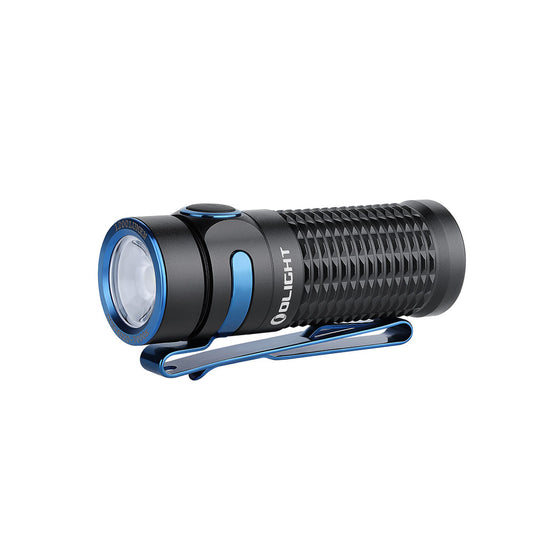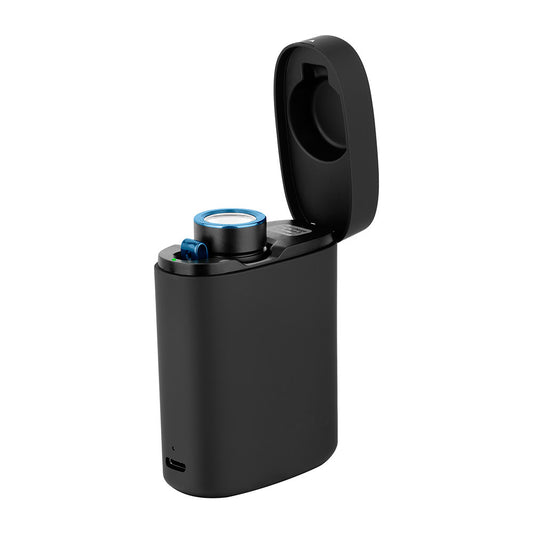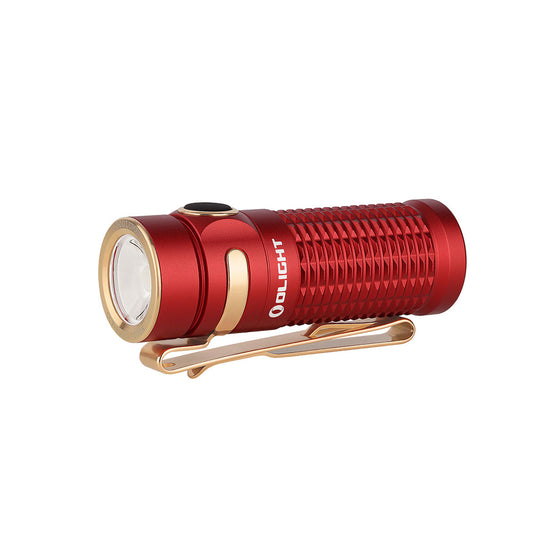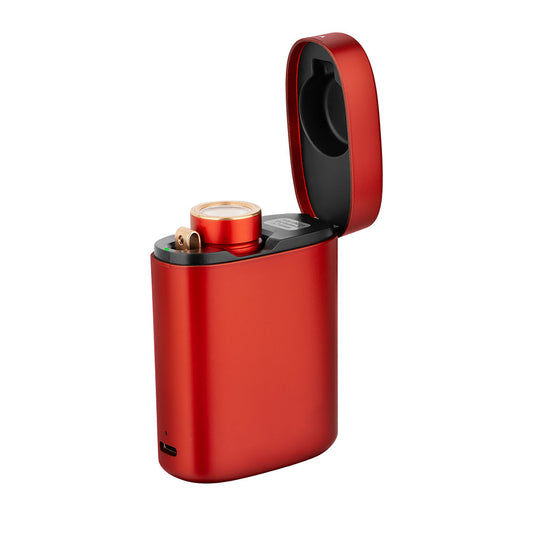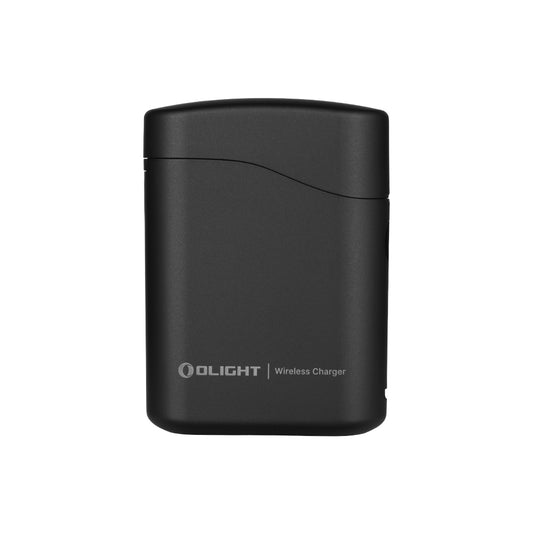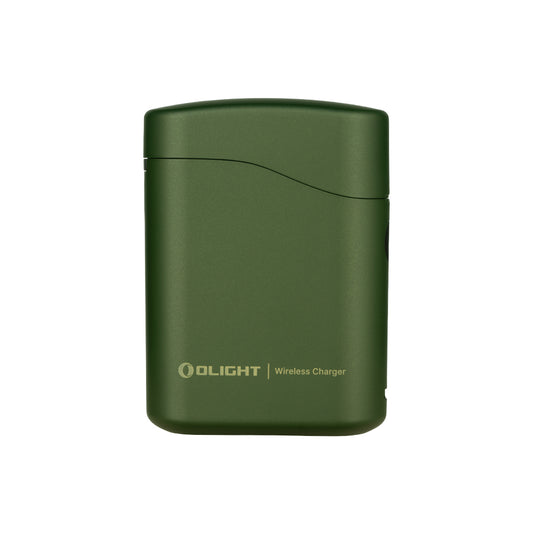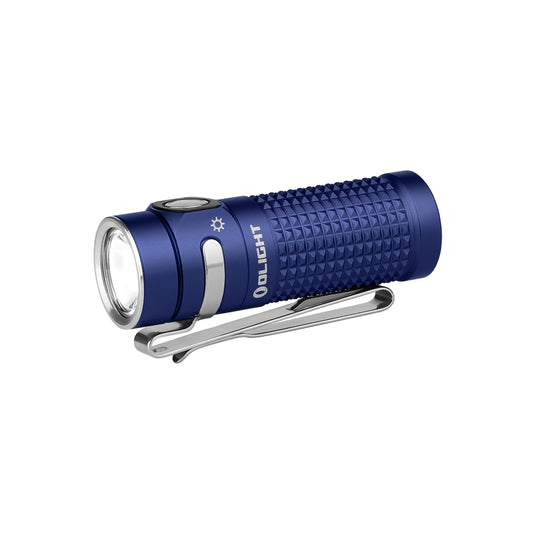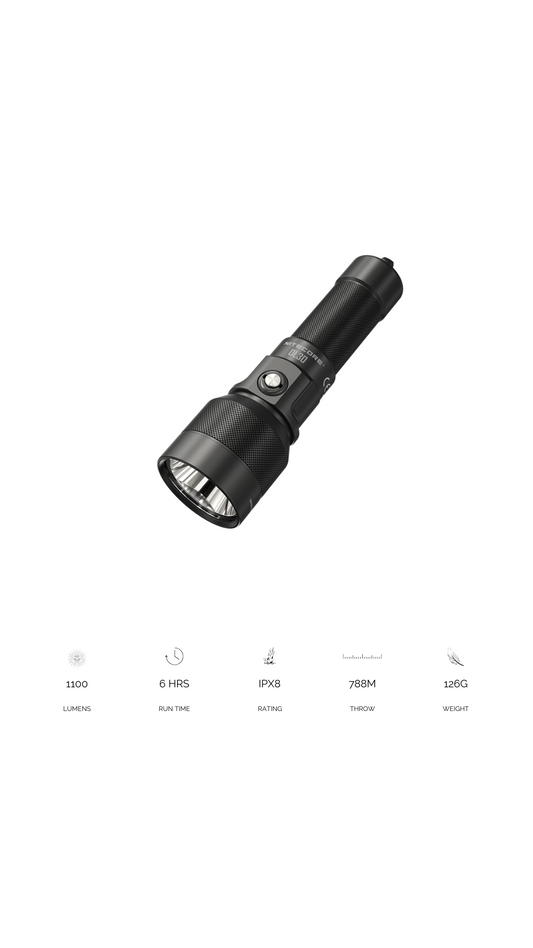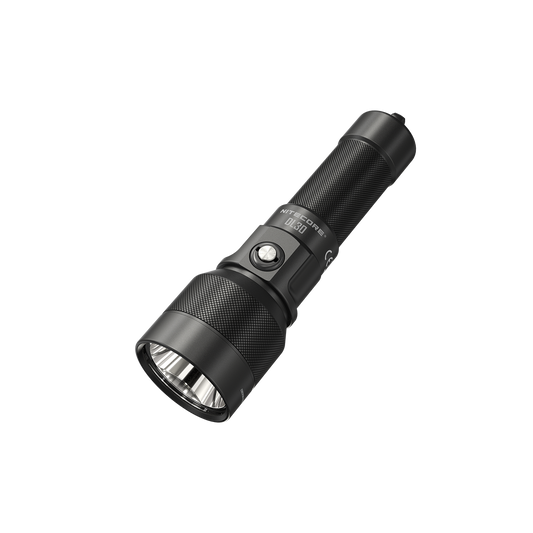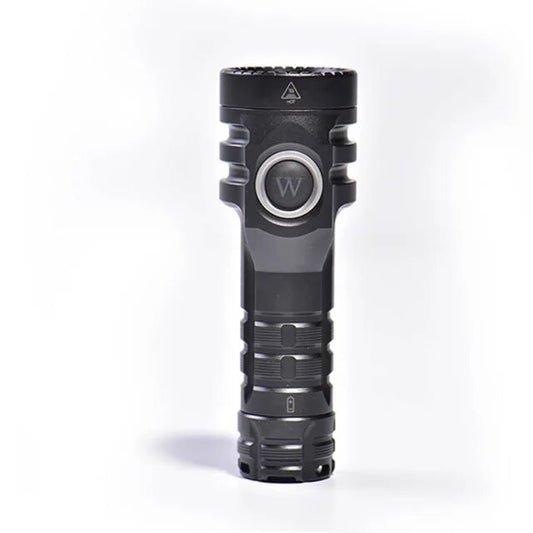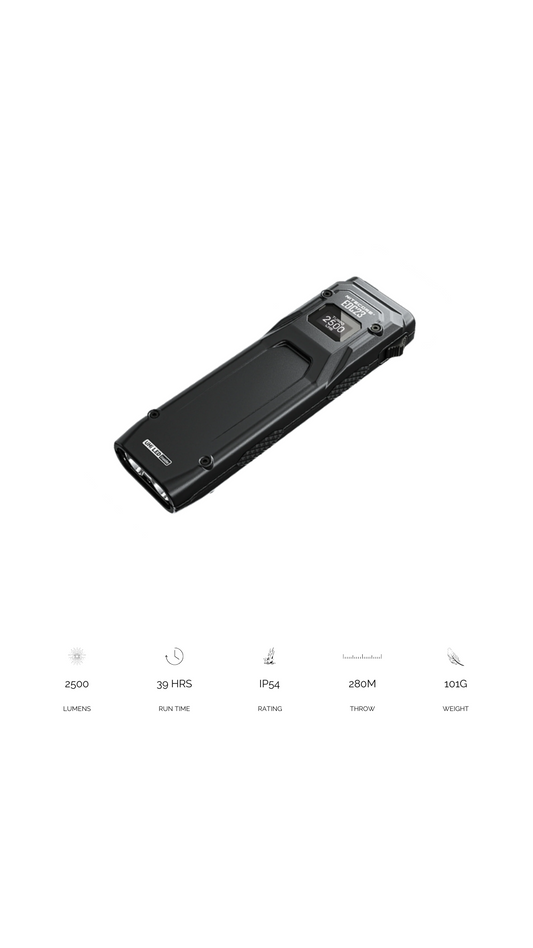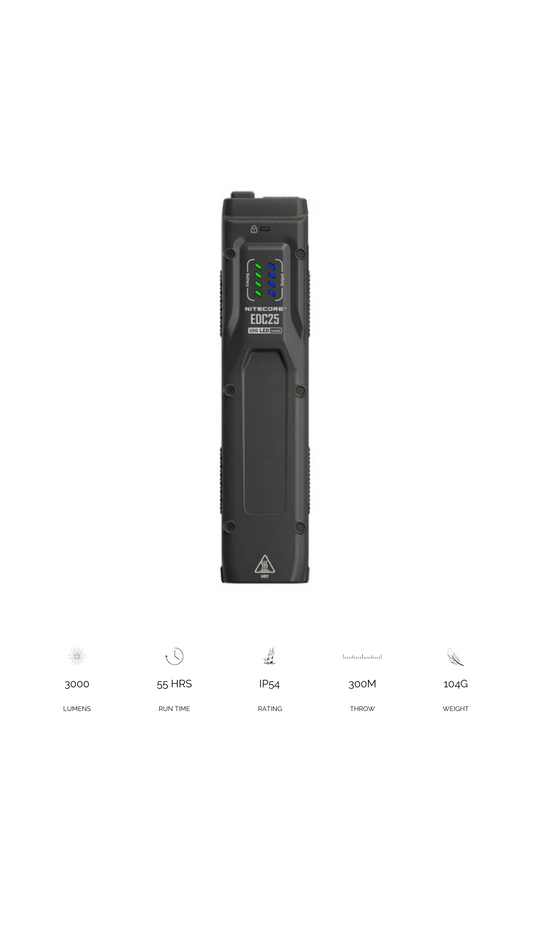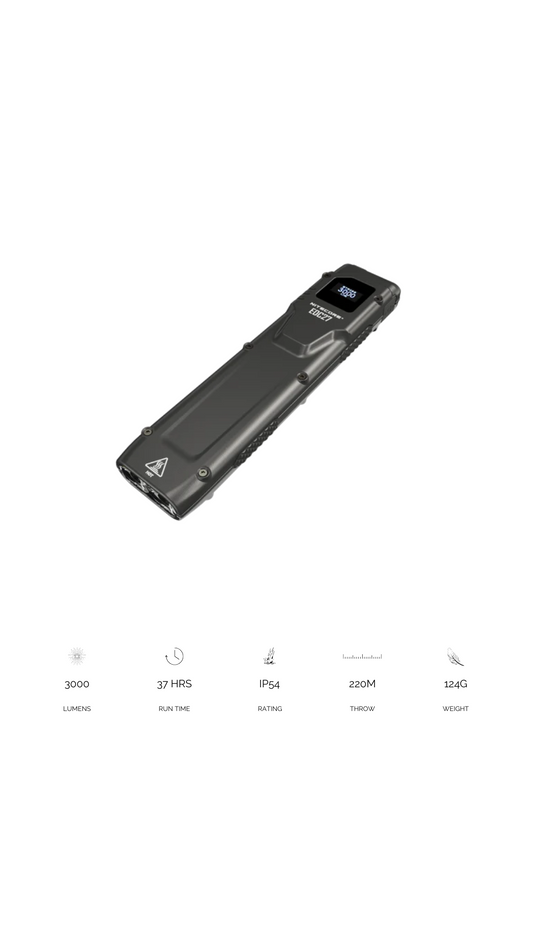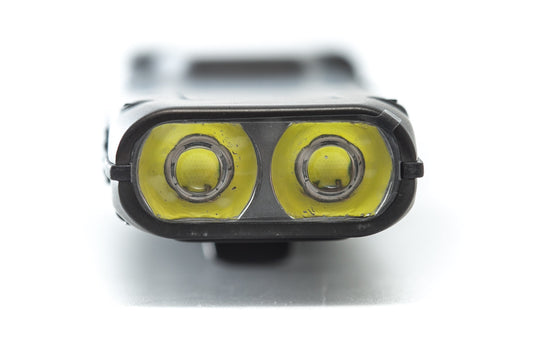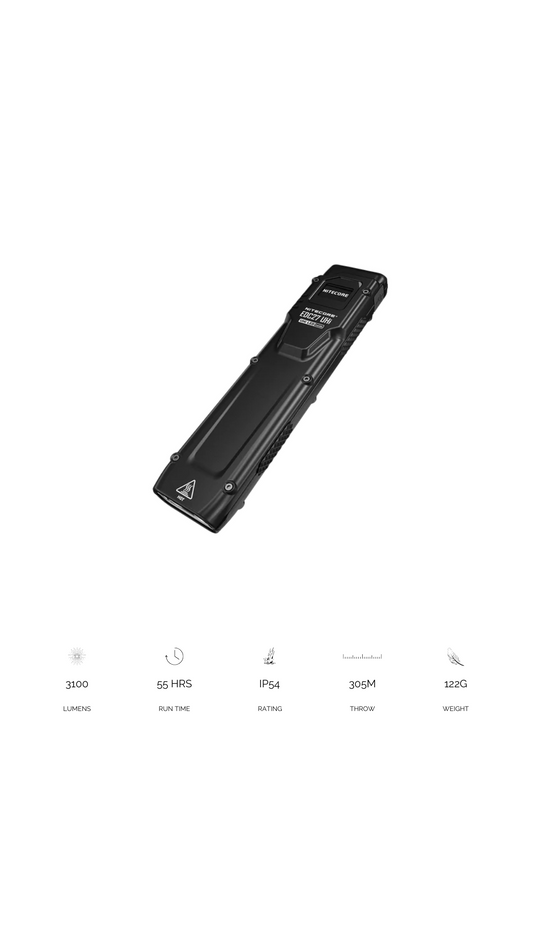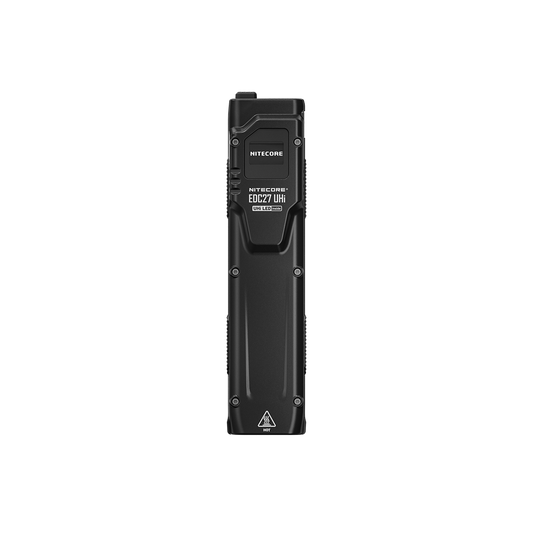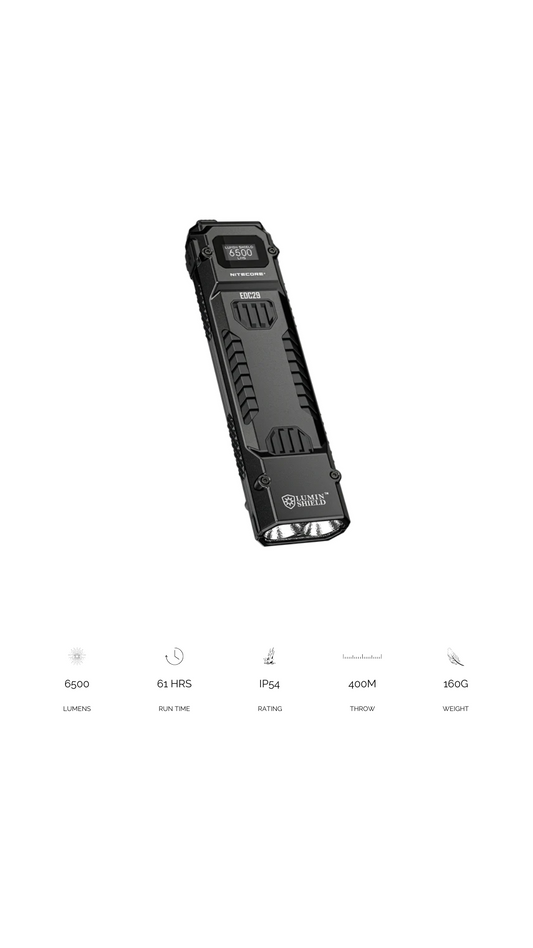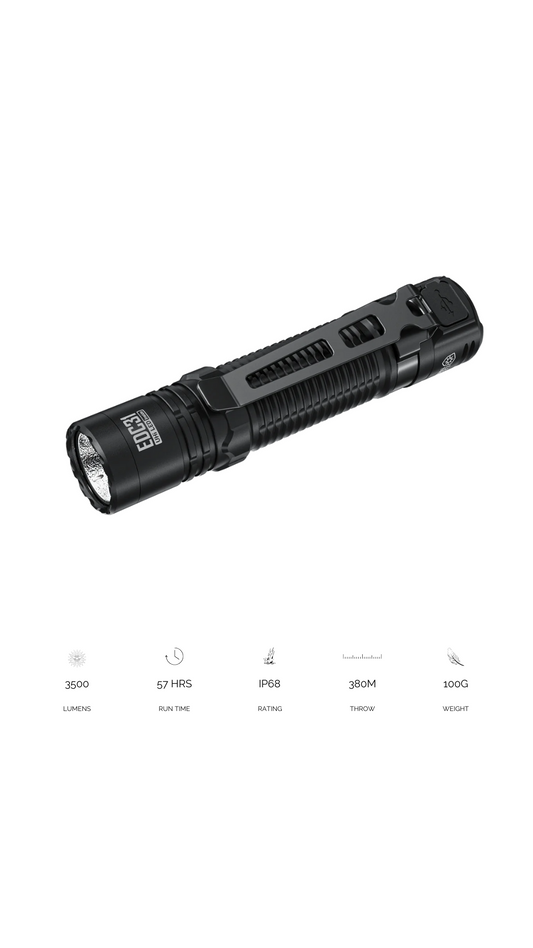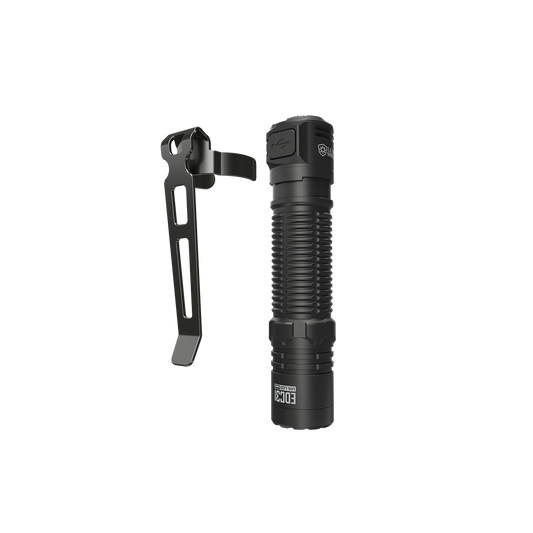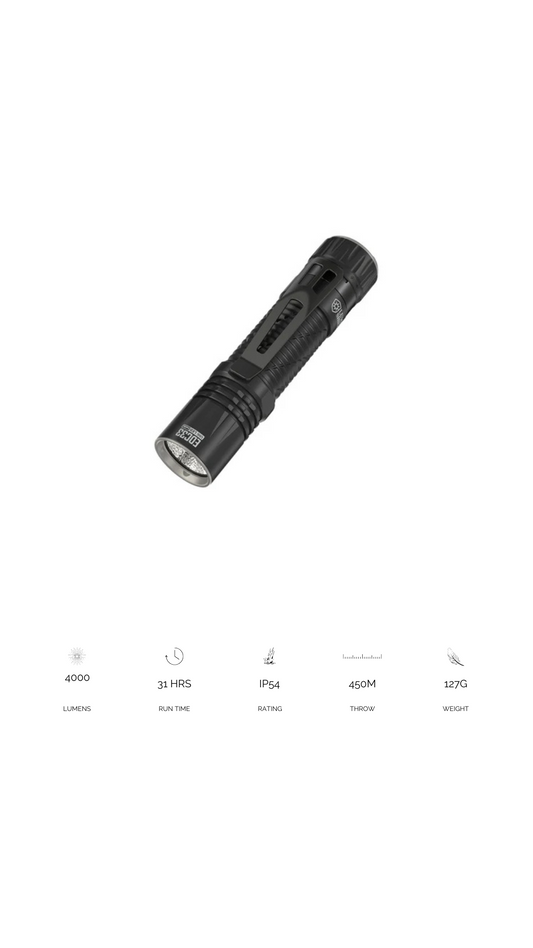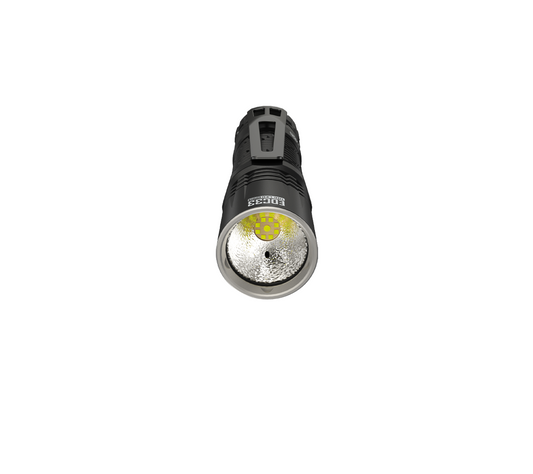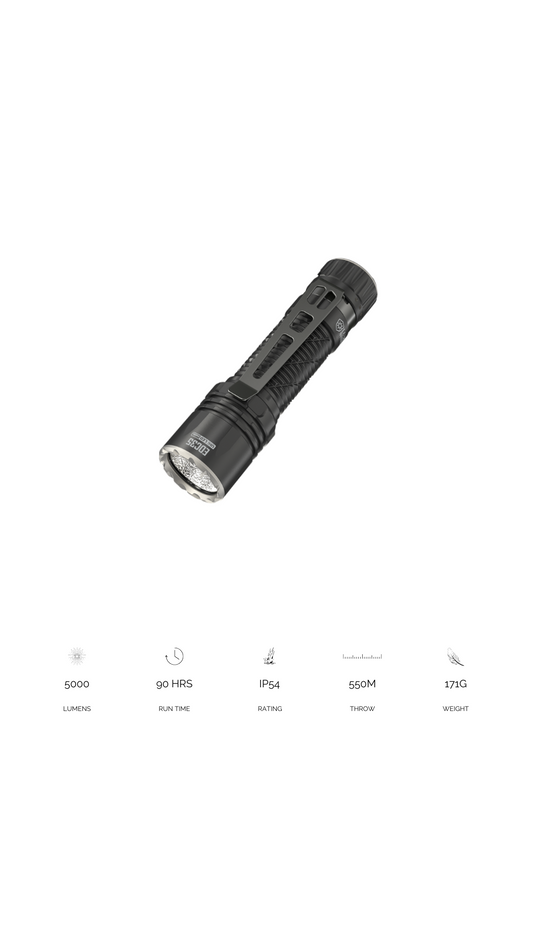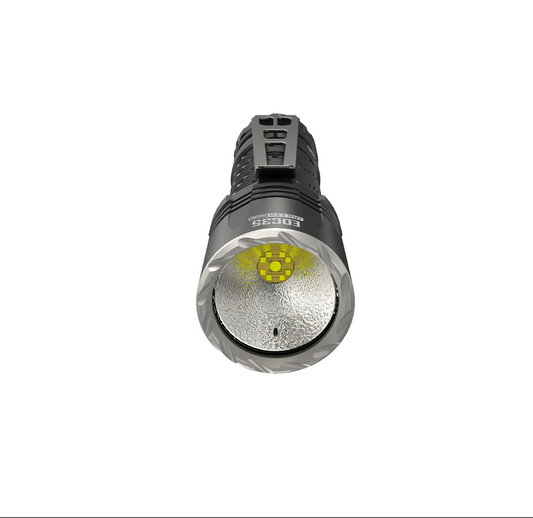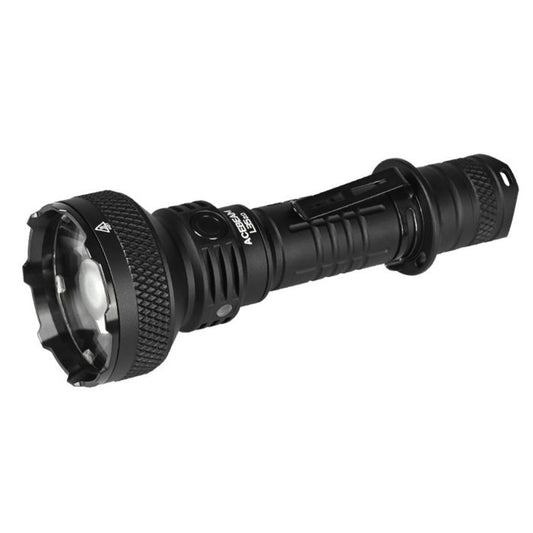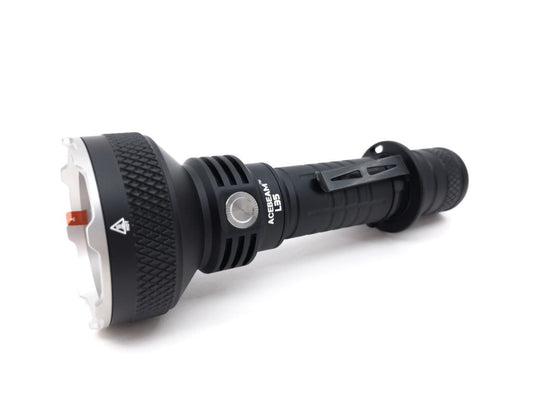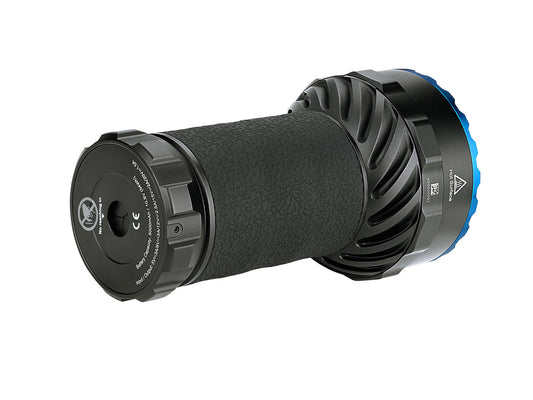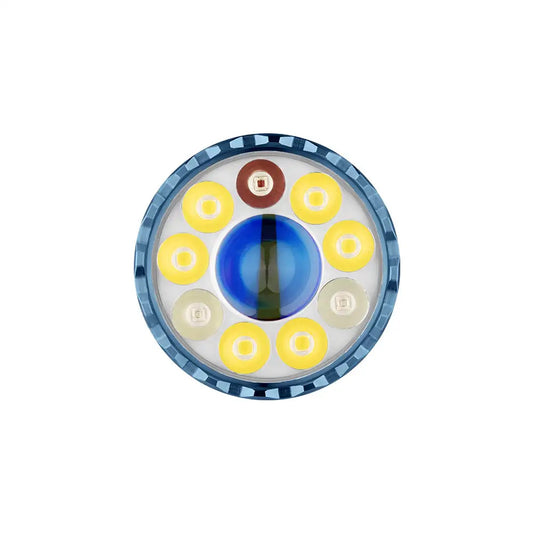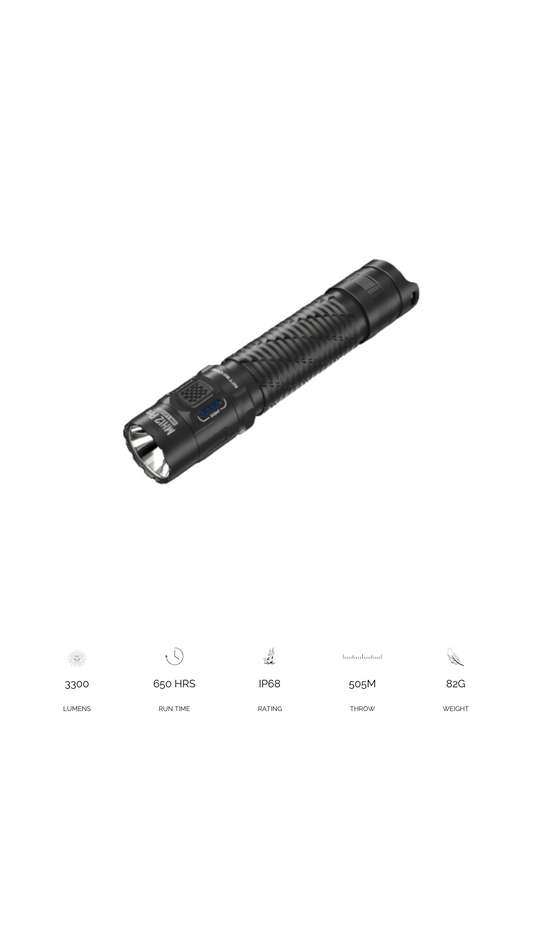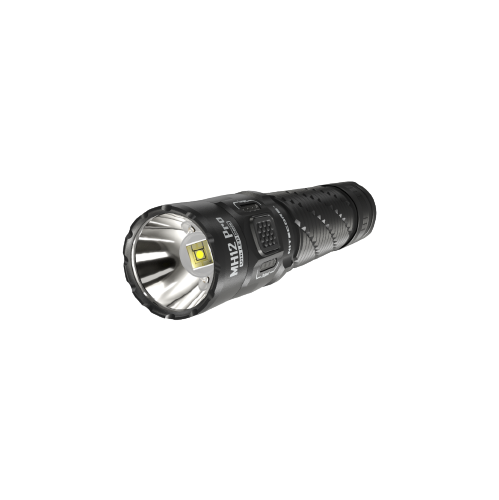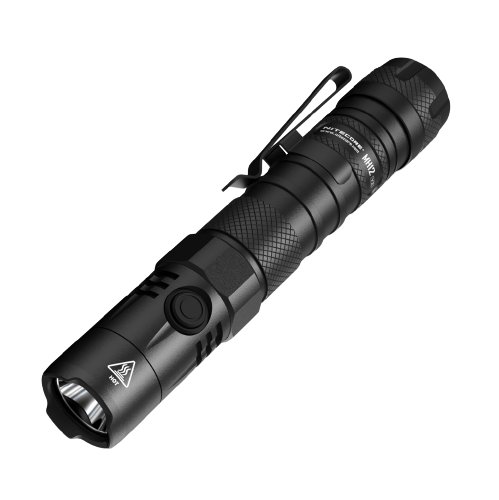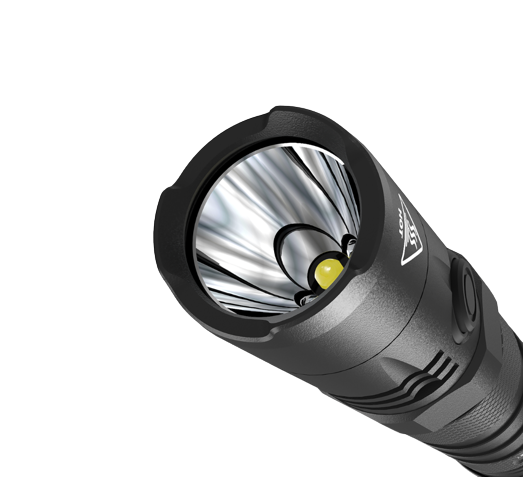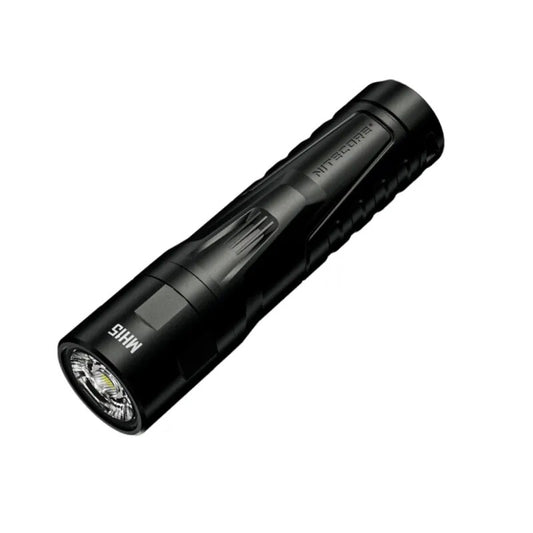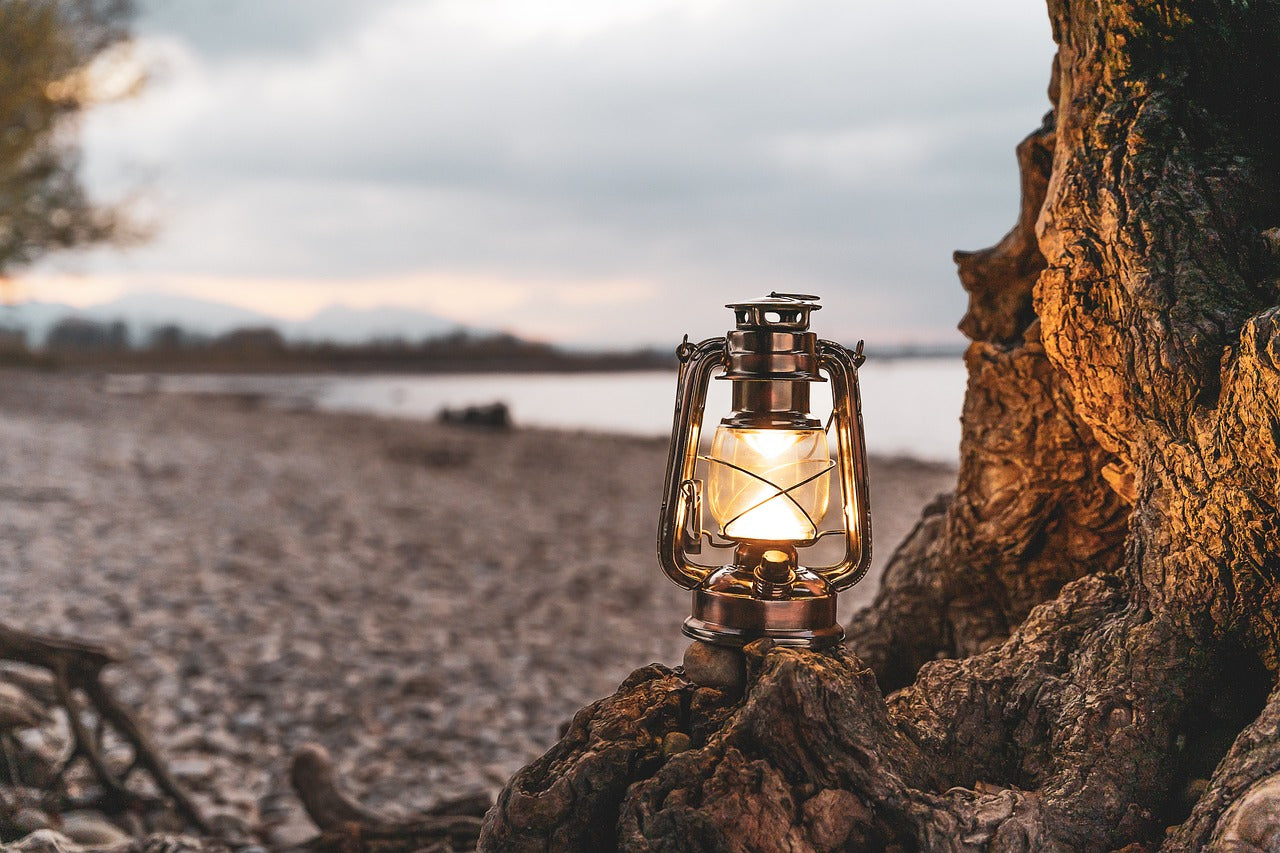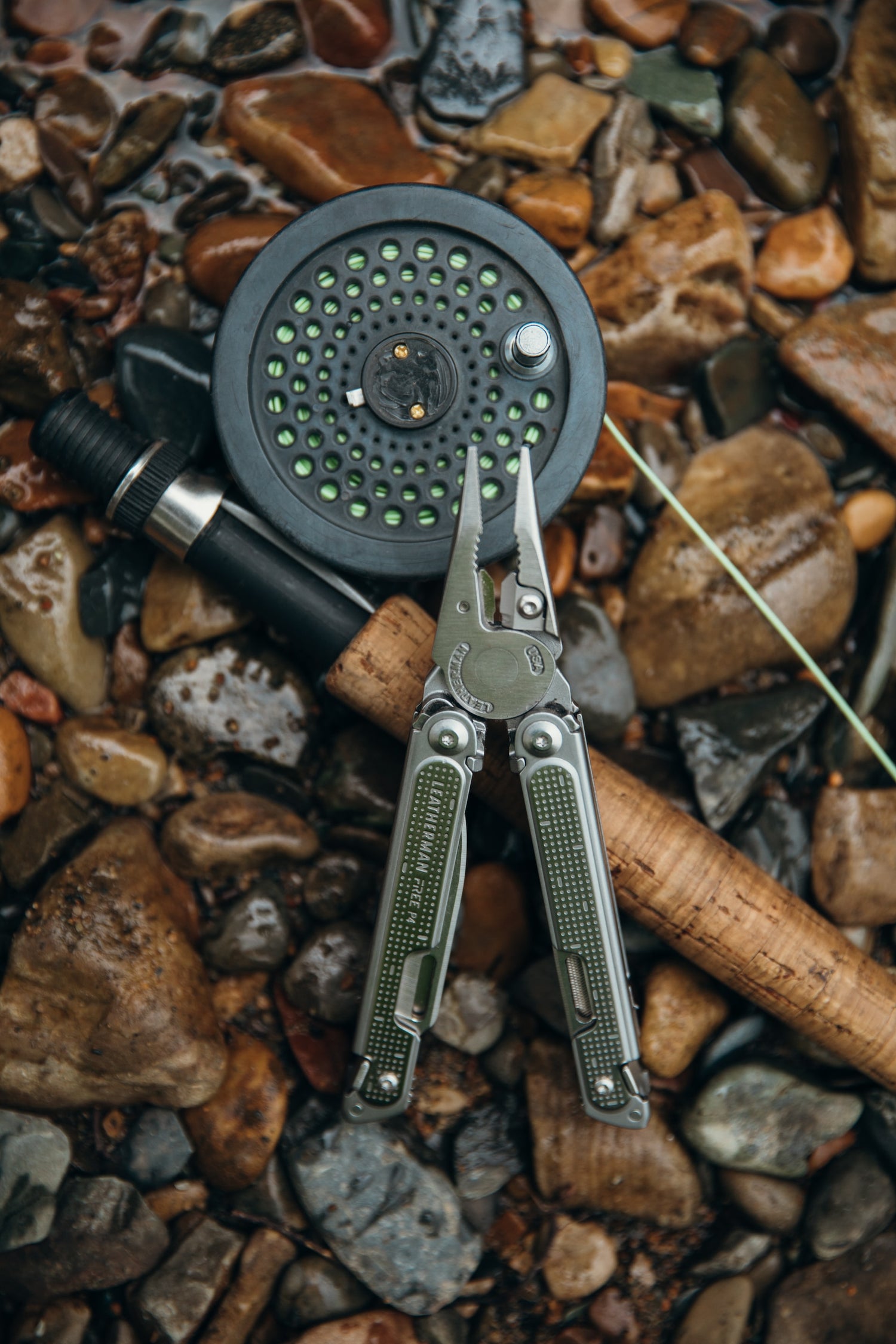
A quick guide to wood camping stoves
Benefits of Wood Burning stoves:
There's a timeless appeal to wood-burning stoves. A blend of sustainability and tradition, bringing one back to our roots. Melding modern-day designs and materials with ancient fire stolen from the workshop of Hephaestus and given to us by Prometheus.
One apparent advantage of wood-burning stoves is the fuel source. There is the simplicity and reliability of wood as your primary fuel source, ensuring uninterrupted heat and light without the worry of running out of fuel. Unless you're on a snow-packed mountaintop.
Even in the wet, if you know what you are doing, you could use tree pitch or sap from coniferous trees as a natural fire starter. Knowing how to source for dry wood even when there is a downpour enables you to still create a fire and not be left in the cold.
We are not going into extreme wilderness survival mode here in this article, as we still want a little modern comfort and avoid getting bogged down by the nitty-gritty of making a fire in the worst conditions: Ergo, the benefits of a wood-burning stove. We may cover "making fire out of nothing" topic in another post.
When it comes to outdoor cooking, wood-burning stoves offer unique advantages that set them apart from propane or alcohol alternatives. Unlike these fuel-dependent options, wood-burning stoves provide a sustainable solution that eliminates the need to carry and replenish fuel, reducing your outdoor gear's weight and space constraints.
One of the critical benefits of wood-burning stoves is their reliance on renewable resources. By utilizing wood as fuel, outdoor enthusiasts can minimize their environmental impact and contribute to preserving natural surroundings. This aligns with the increasing emphasis on sustainable living and eco-conscious practices in outdoor recreation.
Furthermore, wood-burning stoves embody the essence of an outdoor lifestyle rooted in simplicity and connection with nature. Gathering wood, building a fire, and cooking over an open flame adds a sense of adventure and authenticity to the outdoor cooking experience.
Wood-burning stoves offer outdoor enthusiasts a sustainable and environmentally friendly way to enjoy cooking outdoors. Understanding and incorporating their benefits into our outdoor adventures can minimize our ecological footprint and enhance our connection with nature.
Wood-burning stoves are usually minimalistic by their design, meaning fewer components that could potentially fail. This reliability can be crucial in remote or harsh conditions.
Wood stoves generally cater to a broad audience because of their affordability. This is especially beneficial for beginners or those who don't camp often and don't want to invest heavily in too much gear.
Here are some key factors you should consider when purchasing a wood-burning stove:
- Budget Consideration: Your budget is crucial when choosing a camping stove. While economic options are available and can serve adequately for occasional use, premium models offer better quality and long-lasting durability. They often have additional features like improved heat output and longer fire sustainability. Assessing your camping frequency is also essential; choosing a cheaper alternative might be more suitable if you only plan to use the stove occasionally.
- Size & Weight: The size and weight of your camping stove significantly impacts your outdoor experience. Backpackers who carry all their gear on their backs prioritize lightweight options to minimize load and pack size. On the other hand, car campers have the luxury of space and may prioritize stoves with more robust construction, sacrificing some weight for increased durability. A really good stainless steel stove you can take a look at is the Solo Stove Lite.
- Construction Material: The material used in constructing the stove affects its weight and durability. If weight is a concern, Titanium stoves are the only choice, as they are solid and lightweight, making them ideal for backpackers seeking to minimize effort while trekking. However, they tend to be pricier. On the other hand, stainless steel stoves are more affordable but come with added weight. Consider your weight, budget, and durability priorities when choosing between these materials.
- Ease of Assembly and Cleaning: The ease of assembly and cleaning can significantly impact your camping experience. Look for stoves with user-friendly designs that make assembly straightforward and hassle-free. Additionally, consider stoves that are easy to disassemble for cleaning, as keeping your equipment clean is essential for optimal performance and longevity.
- Cookware Support: Consider the size and type of cookware you plan to use with your camping stove. Some stoves are designed to accommodate larger pots and pans, ideal for cooking larger meals or group camping trips. Ensure that the furnace you choose can support the size and weight of the cookware you intend to use.
- Heat Efficiency: Efficient combustion and heat retention are essential for maximizing fuel efficiency and minimizing the need for frequent refueling. Look for features such as double-walled designs, which help trap heat and promote more efficient burning. This saves you fuel and ensures your stove operates effectively in various weather conditions.
- Fuel Flexibility: While wood burning is a standard fuel option for camping stoves, some models offer flexibility by supporting alternative fuels such as alcohol burners. This versatility allows you to choose the most suitable fuel based on availability, convenience, and personal preference, enhancing your overall camping experience. Check out the ESBIT Cookset here.
- Design Features: Consider features that enhance usability and convenience, such as easy fuel addition mechanisms or intuitive controls. These features can make a significant difference in your camping experience, ensuring that your stove is easy to use and maintain even outdoors.
- Electricity Generation: In today's digital age, the ability to generate electricity for charging devices can be a valuable feature, especially for longer camping trips or emergencies. Stoves like the BioLite CampStove 2 stand out in this regard, offering the ability to generate electricity from heat energy while in use, providing a convenient power source for your electronic devices.
- Additional Features: Consider additional features that may enhance your camping experience, such as integrated grills or griddles for versatile cooking options, ash collection mechanisms for easy cleanup, airflow regulation systems for better control over heat output, and safety features to prevent accidents and ensure peace of mind during your outdoor adventures.
- Portability: Portability features such as carrying handles or dedicated carrying cases can significantly enhance the ease of transportation and storage of your camping stove. Choose a stove that is easy to carry and store, especially if you plan to move it frequently or have limited space in your vehicle or backpack.
- Versatility: Stoves with multi-fuel capability offer versatility in various camping conditions and environments. Whether cooking over an open flame, using charcoal briquettes, or relying on alcohol fuel, a multi-fuel stove ensures you can adapt to different situations and enjoy your camping experience to the fullest.
What you should know.
Can Camping wood stoves use alternative fuel sources besides wood, like dried leaves and twigs beside
Camping wood stoves have evolved to accommodate more biomass materials beyond traditional wood. This adaptability enables campers to utilize resources readily available, such as dried leaves, twigs, or pine needles, as alternative fuel sources. However, it's essential to consult the manufacturer's guidelines to ensure safe and efficient burning. Factors such as fuel moisture content, combustion efficiency, and stove design influence the compatibility of various biomass materials with the stove.
Somethings to note:
- Never overstuff the stove. This will obstruct airflow.
- Don't use green or damp wood if you can avoid it. This can cause a lot of smoke.
- Use twigs to help start the fire and add larger branches as you progress in order to get the fire hotter.

Do camping wood stoves allow for more than just instant noodles?
The versatility of camping wood stoves extends beyond essential meal preparation, offering various cooking possibilities. These stoves empower outdoor enthusiasts to create gourmet dishes in the wilderness, with features like adjustable grill grates, pot supports, and baking attachments. From hearty breakfasts and savory dinners to freshly baked bread and desserts, campers can indulge in culinary experiences that rival home-cooked meals, all prepared over an open flame.
Is there such a thing as a wood stove that can also charge my devices?
Innovations in camping wood stove technology have led to the development of models with integrated thermoelectric generators. These generators harness the heat generated during cooking to produce electricity, providing a convenient power source for charging USB-compatible devices like smartphones, cameras, and GPS units. This dual functionality enhances the utility of camping wood stoves, enabling campers to stay connected and powered up while exploring remote outdoor locations.
Are camping wood stoves really eco-friendly?
Camping wood stoves aligns with environmentally conscious practices by utilizing renewable biomass fuels sourced from sustainably managed forests. Unlike fossil fuels, which contribute to carbon emissions and environmental degradation, wood stoves harness the energy of organic materials, minimizing their ecological footprint. Furthermore, their efficient combustion processes result in lower emissions of greenhouse gases and particulate matter compared to open fires, promoting cleaner air quality and healthier outdoor environments.
How can I start a fire in a camping wood stove in wet conditions?
Igniting a fire in damp or rainy conditions requires reliable fire-starting techniques and suitable ignition aids. Waterproof matches, firestarter sticks impregnated with flammable materials, and compact firestarter cubes are essential for initiating combustion, even in adverse weather conditions. Additionally, gathering dry tinder and kindling from protected areas or using alternative ignition sources like dry pine cones can facilitate ignition, ensuring a successful fire start-up for heating and cooking purposes.
Can I use my camping wood stove inside a tent or shelter for heating?
While camping wood stoves offer efficient heating capabilities, caution must be exercised when considering indoor use within tents or shelters. Unless explicitly designed and approved for indoor use, using a wood stove in confined spaces can pose significant safety risks due to inadequate ventilation. Improper combustion may lead to the accumulation of harmful gases such as carbon monoxide, posing health hazards to occupants. Therefore, following manufacturer recommendations and prioritizing outdoor use in well-ventilated areas is crucial to mitigate safety concerns.
What creative recipes or cooking techniques did experienced campers use with wood stoves?
Experienced campers embrace the culinary possibilities of camping wood stoves, experimenting with various recipes and cooking techniques tailored to outdoor cooking. From artisanal pizzas cooked in cast iron skillets to slow-cooked stews simmered over glowing embers, campers can enjoy gourmet meals infused with smoky flavors and rustic charm. Additionally, innovative cooking methods such as Dutch oven baking, wood-fired grilling, and cedar plank smoking add depth and complexity to outdoor dining experiences, elevating campfire cuisine to new heights.
Are there any best practices for maintaining and cleaning a camping wood stove to ensure it lasts longer?
Proper maintenance and cleaning are essential for preserving the longevity and performance of a camping wood stove. After each use, removing ash and debris from the stove's interior and components using a brush or scraper is recommended. This prevents the buildup of residues that obstruct airflow and compromise combustion efficiency. Periodic seals, gaskets, and stovepipe connections inspection help identify and address any potential leaks or damage. Additionally, storing the stove in a dry environment when not in use helps prevent corrosion and prolongs its lifespan for continued outdoor adventures.
Can I use my camping wood stove in areas with fire bans or restrictions?
Before using a camping wood stove in outdoor areas, it's crucial to research and comply with local regulations and fire restrictions. During periods of elevated fire risk or in designated fire ban areas, authorities may prohibit using wood stoves and other open flames to prevent wildfires and protect natural ecosystems. By respecting these regulations and exercising responsible fire management practices, campers can help preserve outdoor environments and ensure their and others' safety.
What should I do if I encounter difficulties with my camping wood stove in the wilderness?
Preparedness and resourcefulness are essential when troubleshooting issues with a camping wood stove in remote wilderness settings. Equipping oneself with a comprehensive toolkit that includes backup fire-starting tools, such as flint and steel, waterproof matches, or firestarter sticks, can provide peace of mind in challenging situations. In the event of technical malfunctions or operational difficulties, consulting the stove's manual for troubleshooting guidance and exploring alternative fire-starting methods, such as using dry tinder or natural fire ignitors, ensures that campers can effectively address any obstacles and continue to enjoy the warmth and comfort of their wood stove during outdoor excursions.


